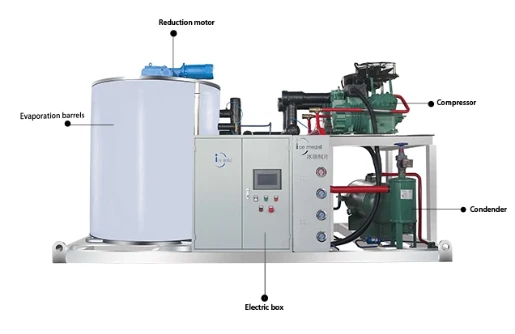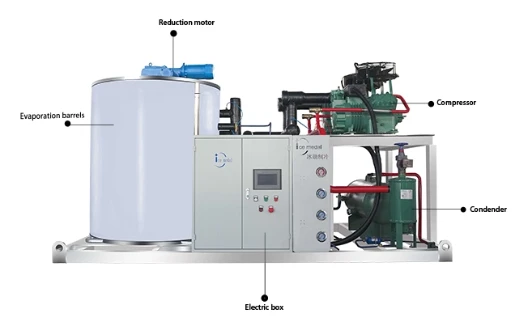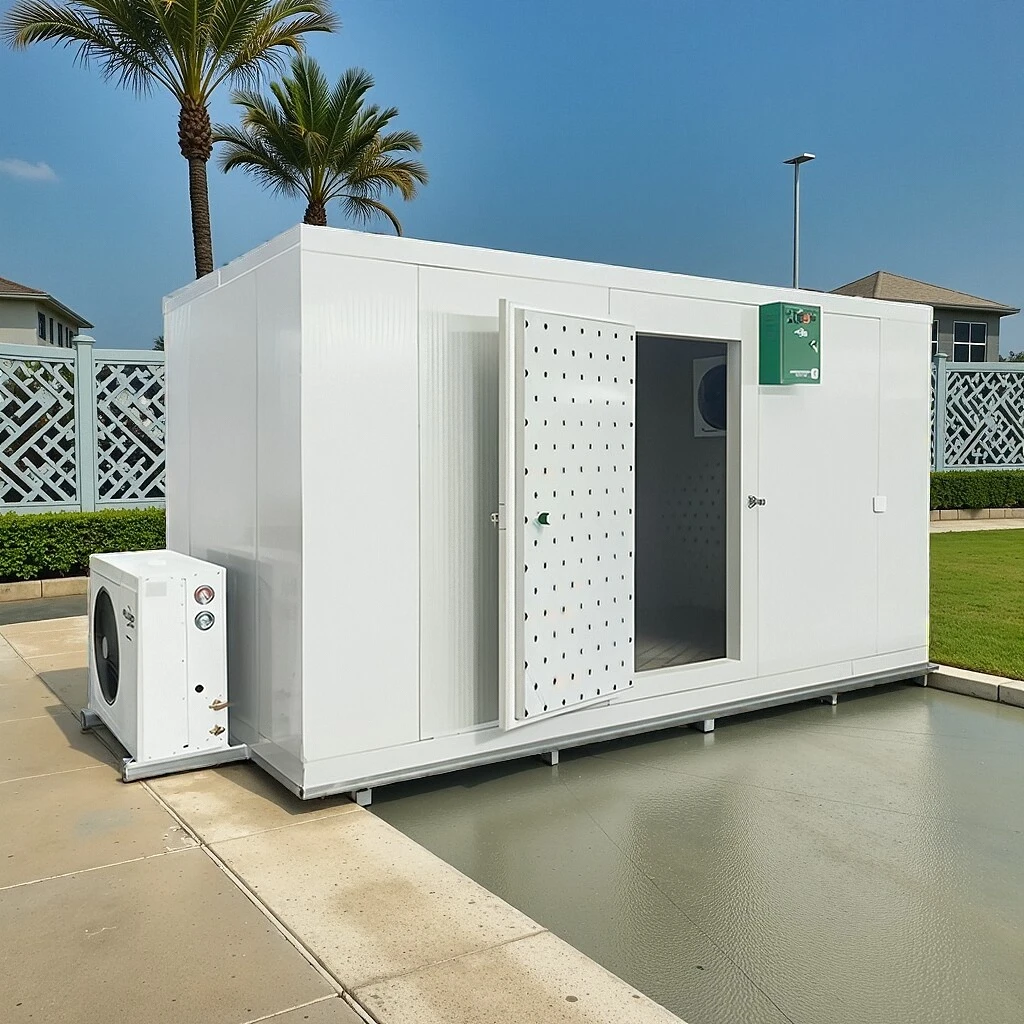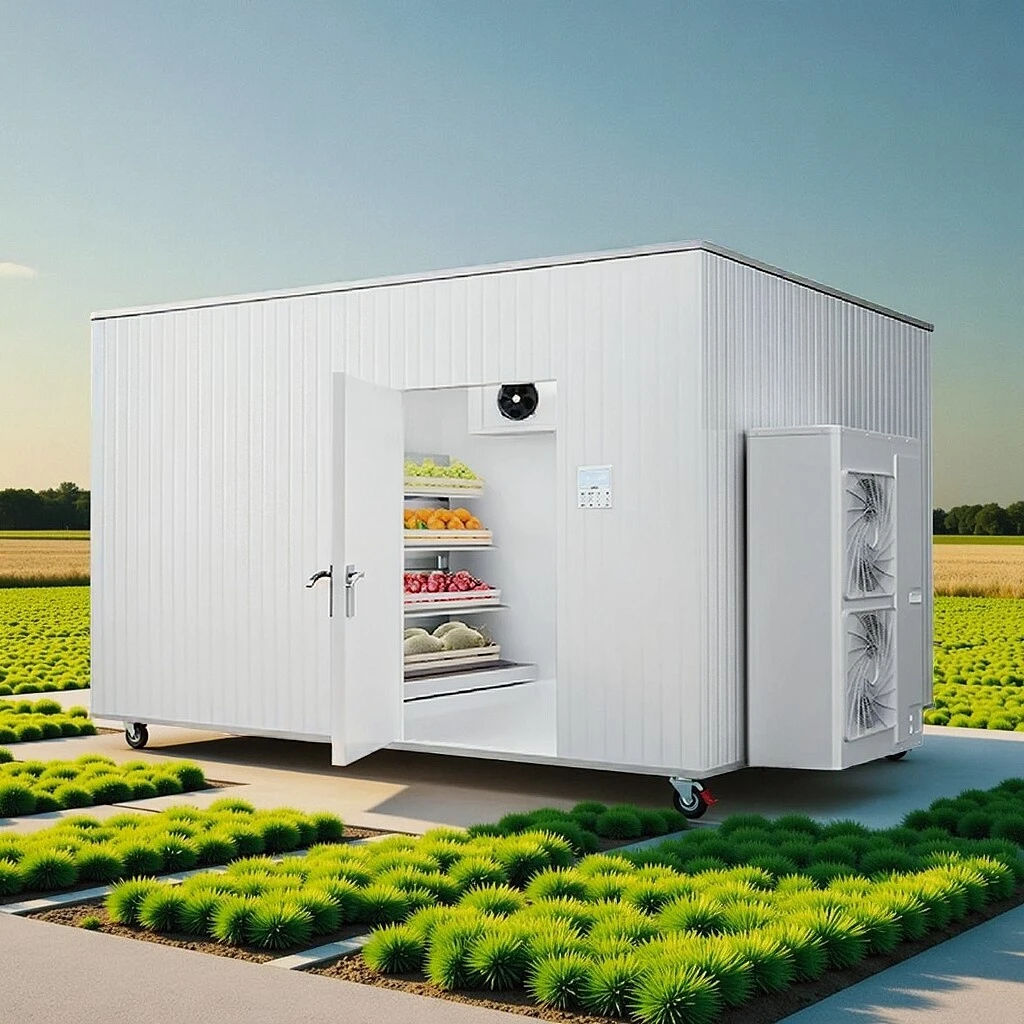Innovative Manufacturing Solutions for Blast Chillers and Freezers in the Food Industry
The Importance of Blast Chillers and Freezers in Modern Food Processing
In the ever-evolving landscape of food processing and preservation, the need for efficient cooling technologies is paramount. Among the most significant advancements in this field is the development of blast chillers and freezers. These machines play a crucial role in maintaining food quality, extending shelf life, and ensuring safety in various culinary and industrial settings.
Understanding Blast Chill Technology
Blast chillers are specialized refrigeration systems designed to reduce the temperature of food products rapidly. The primary objective of this technology is to bring down the temperature of cooked or prepared foods from around 70°C (158°F) to 3°C (37°F) or below, in a matter of minutes. This rapid cooling process virtually halts the growth of bacteria that can spoil food or lead to foodborne illnesses. On the other hand, blast freezers operate on similar principles but are designed to freeze products quickly, often reaching temperatures as low as -18°C (0°F).
The effectiveness of a blast chiller or freezer is attributed to its high-velocity air circulation and temperature control, which ensure uniform cooling throughout the food product. This method preserves the food’s texture, flavor, and nutritional value, making blast chillers and freezers indispensable in both commercial kitchens and food manufacturing facilities.
Efficiency and Safety in Food Production
The efficiency of blast chillers and freezers significantly impacts food processing operations. Traditional methods of cooling and freezing can lead to uneven temperature distribution, which not only affects the quality of the food but also poses health risks. In contrast, the rapid cooling capabilities of blast chillers minimize time spent in the temperature danger zone (between 4°C and 60°C or 39°F and 140°F), thereby reducing the potential for bacterial growth.
blast chiller and freezer factory

Moreover, these appliances are designed with food safety regulations in mind. For instance, the HACCP (Hazard Analysis and Critical Control Points) principles are often integrated into their operation, allowing food businesses to monitor and control food safety risks effectively.
Applications Across Different Industries
The versatility of blast chillers and freezers makes them suitable for various industries. In the hospitality sector, restaurants and catering companies utilize these machines to prepare large batches of food in advance, ensuring that they can serve high-quality dishes during peak hours without compromising on food safety. Similarly, in food manufacturing, batch production processes benefit from blast chilling and freezing, which allows for better inventory management and reduced waste.
In addition to food service and processing, blast chillers and freezers are also utilized in pharmaceuticals and biotechnology. These industries require strict temperature controls for certain products, such as vaccines and biological samples, which can greatly benefit from the precision and efficiency of blast chilling technologies.
Future Developments and Innovations
As technology progresses, the design and efficiency of blast chillers and freezers are continually evolving. Manufacturers are focusing on energy-efficient models that not only save on operational costs but also contribute to sustainability efforts in food production. Innovations such as smart temperature monitoring systems and enhanced user interfaces are making these appliances even more valuable in modern kitchens and factories.
In conclusion, blast chillers and freezers play a transformative role in the food processing industry. With their capability to enhance food safety, preserve quality, and improve efficiency, they are essential tools for restaurants, food manufacturers, and beyond. As we continue to innovate and improve these technologies, the future looks bright for enhanced food preservation and safety standards.






